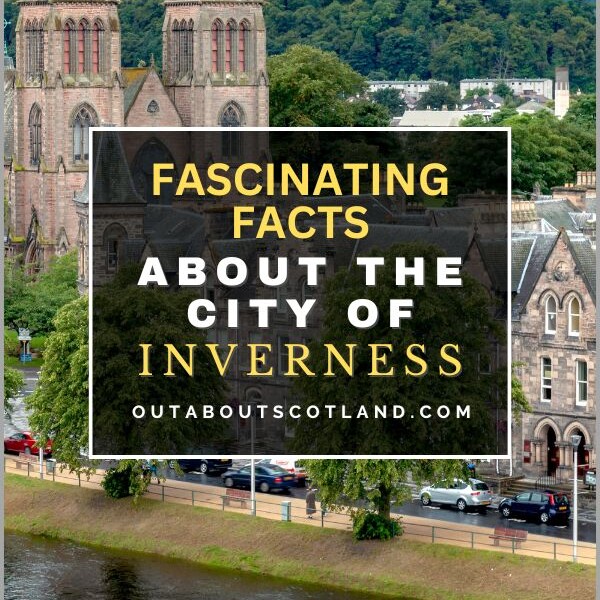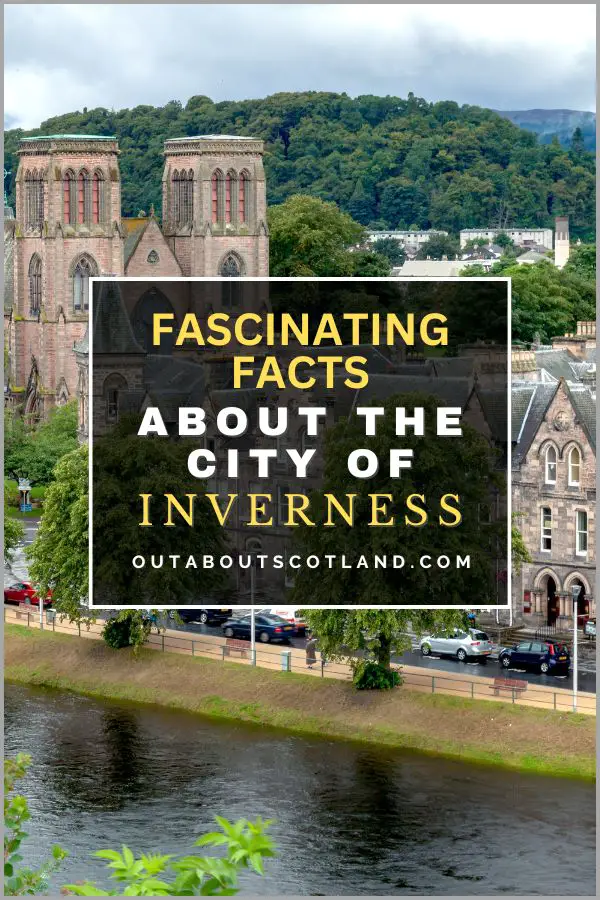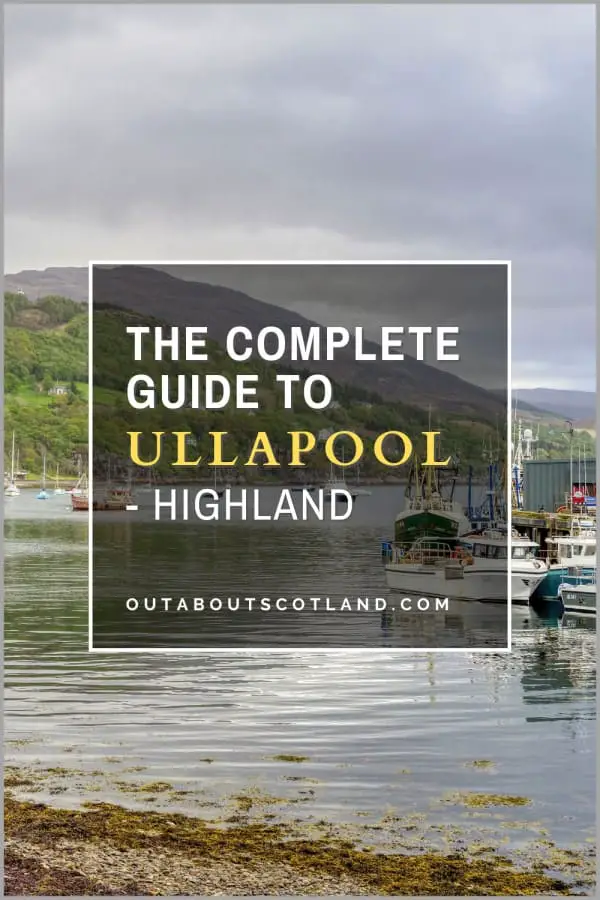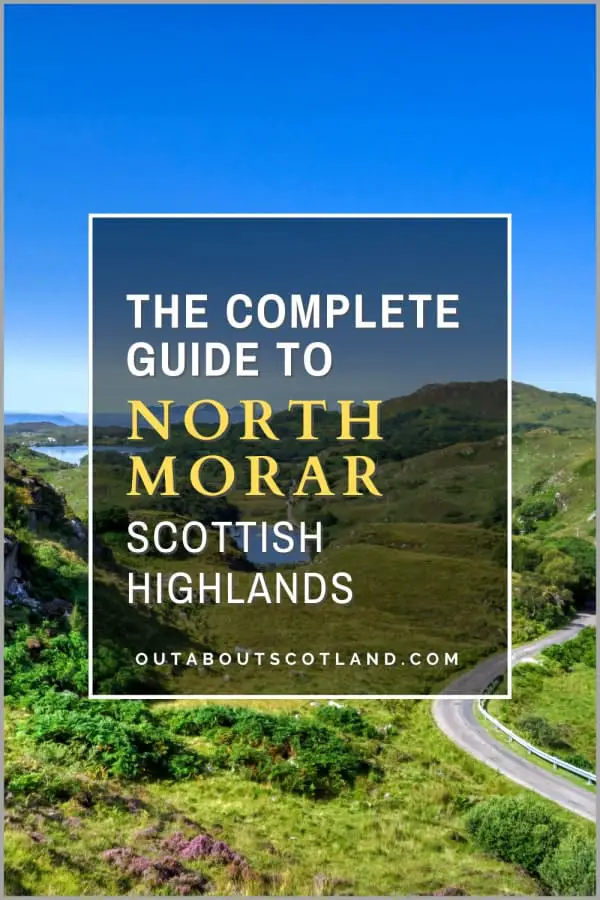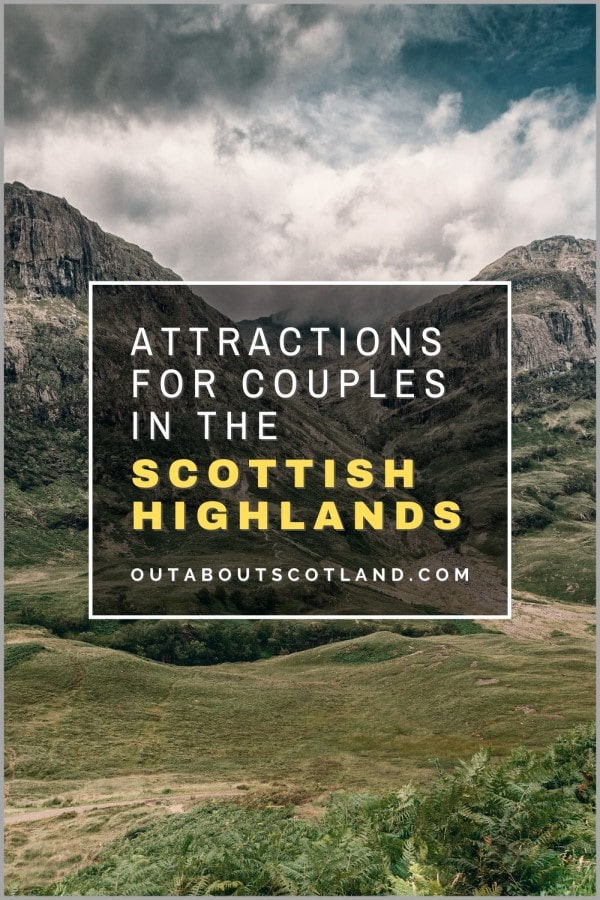Welcome to Inverness, the picturesque capital of the Scottish Highlands. Steeped in history, brimming with charm, and surrounded by breathtaking scenery, Inverness is a city that offers visitors a wide range of attractions and activities. In this article, you’ll embark on a journey to uncover 13 of the most fascinating facts about Inverness, the unofficial capital of the Highlands and one of Scotland’s top tourist destinations.
From tales of the elusive Loch Ness Monster to facts about the lovely Inverness Botanic Gardens, you’re bound to find something that will surprise you and maybe even encourage you to include Inverness in your next Highland sightseeing tour.
Inverness: The Highland Capital
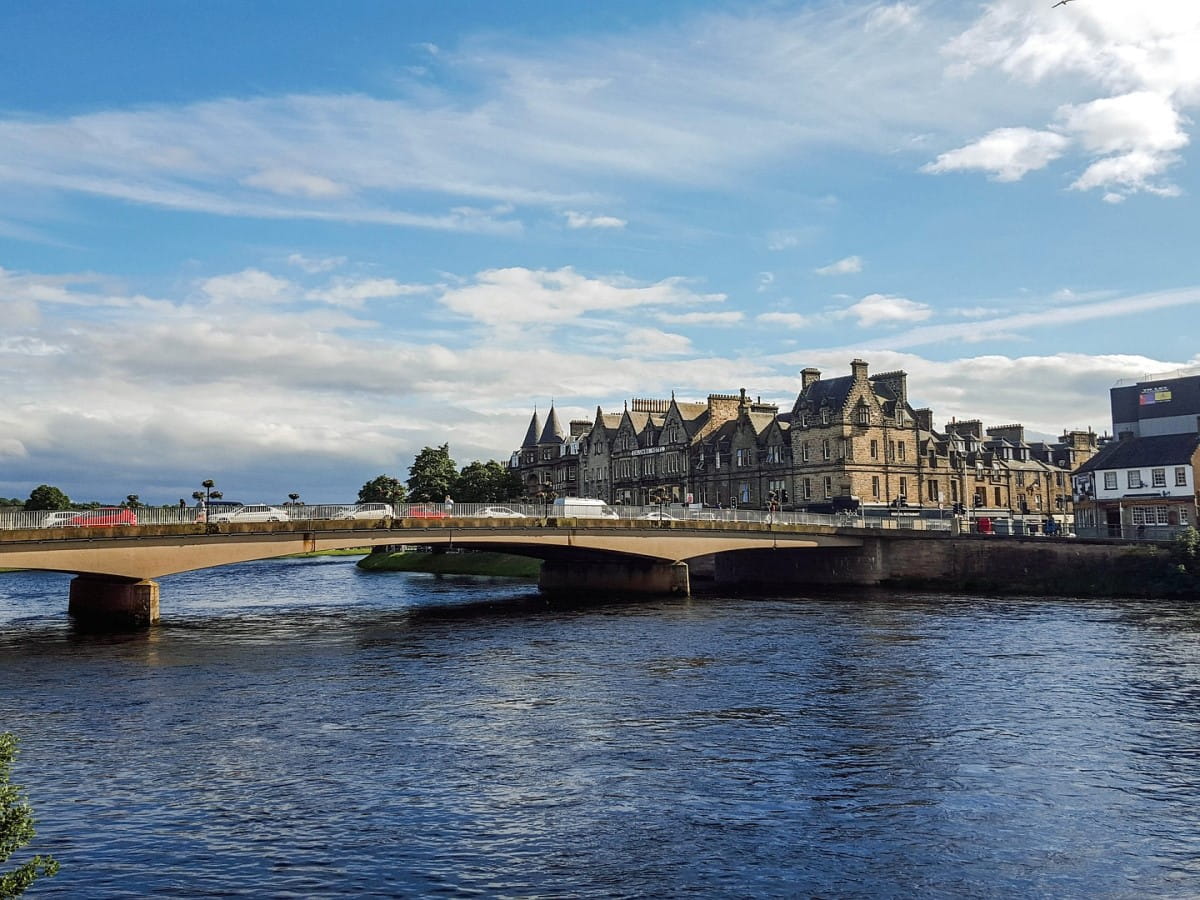
Often called the capital of the Scottish Highlands, Inverness is situated on the northeast coast of Scotland where the River Ness flows into the Moray Firth. This strategic location makes Inverness an ideal base for exploring the Highlands of Scotland as well as Loch Ness and the many historic sites that surround the area.
The city is steeped in history, the highlight of which is Inverness Castle, which is the latest in a series of fortresses that are known to have stood on the site for almost 1,000 years. From the castle, you can stroll through the city’s charming Old Town to more attractions, including the grand Inverness Cathedral, the quaint shops of the Victorian Market, and the attractive streets that line the banks of the River Ness.
Inverness also boasts an array of beautiful natural spaces such as the Ness Islands which lie in the middle of the River Ness and are accessed by Victorian footbridges, as well as the Inverness Botanic Gardens which feature tropical glasshouse that provides a tranquil escape from the busy city centre.
If you’d like to know more about this remarkable city, keep reading to discover a collection of fascinating facts that cover everything from its earliest origins to its modern festivals, delicious food, and superb walking trails.
The Origins of Inverness
Inverness, a city in the Scottish Highlands, has an ancient history with origins that can be traced back to the prehistoric era. Archaeological excavations show that humans have lived in the area surrounding Inverness since at least 8,500 years ago, during an era known as the Late Mesolithic.
With regard to the earliest people who actually lived in Inverness itself, they were most likely Picts, a tribe that originated in Eastern Europe and travelled to Ireland before making their homes in the region of Britain we now know as Scotland.
The reason the Picts chose to build a settlement at Inverness is its strategic location between the North Sea and the River Ness, which made it a perfect site for fishing as well as offering easy access for shipping, hence the city’s Gaelic name, ‘Inbhir Nis’, which means ‘Mouth of the River Ness’.
A City Rich in Legends
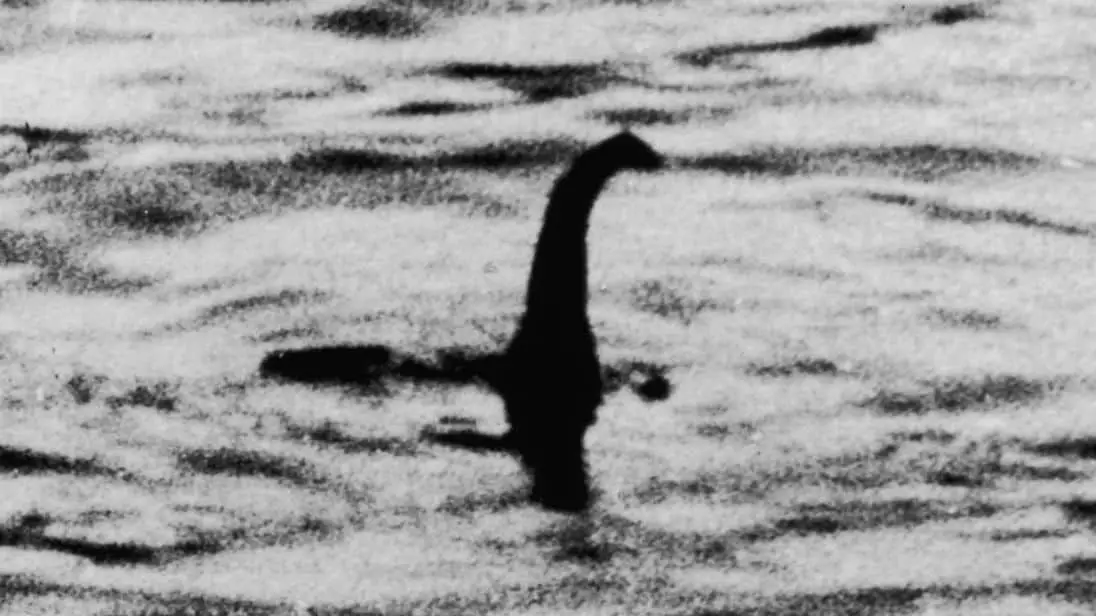
Inverness has its fair share of legends that have captivated the minds of locals and visitors alike for centuries. One of the most famous legends associated with Inverness is that of the Loch Ness Monster, affectionately known as ‘Nessie’, who’s said to dwell in the nearby Loch Ness and has been the subject of countless sightings and tales since the 6th century.
While most people associate the monster with the loch, many don’t realise that Inverness is actually linked to Loch Ness by the River Ness, leading to the theory that the monster was a sea animal that swam through Inverness to find shelter in the vast body of water that lies 7 miles to the south.
Inverness is also connected to the legend of Macbeth, the infamous Scottish king immortalised by Shakespeare, who murdered King Duncan in Inverness Castle. According to folklore, Shakespeare’s play was doomed from the beginning after a local coven of real-life witches became angry that the playwright chose to include real incantations in the script.
The Culloden Battlefield: A Turning Point in Scottish History
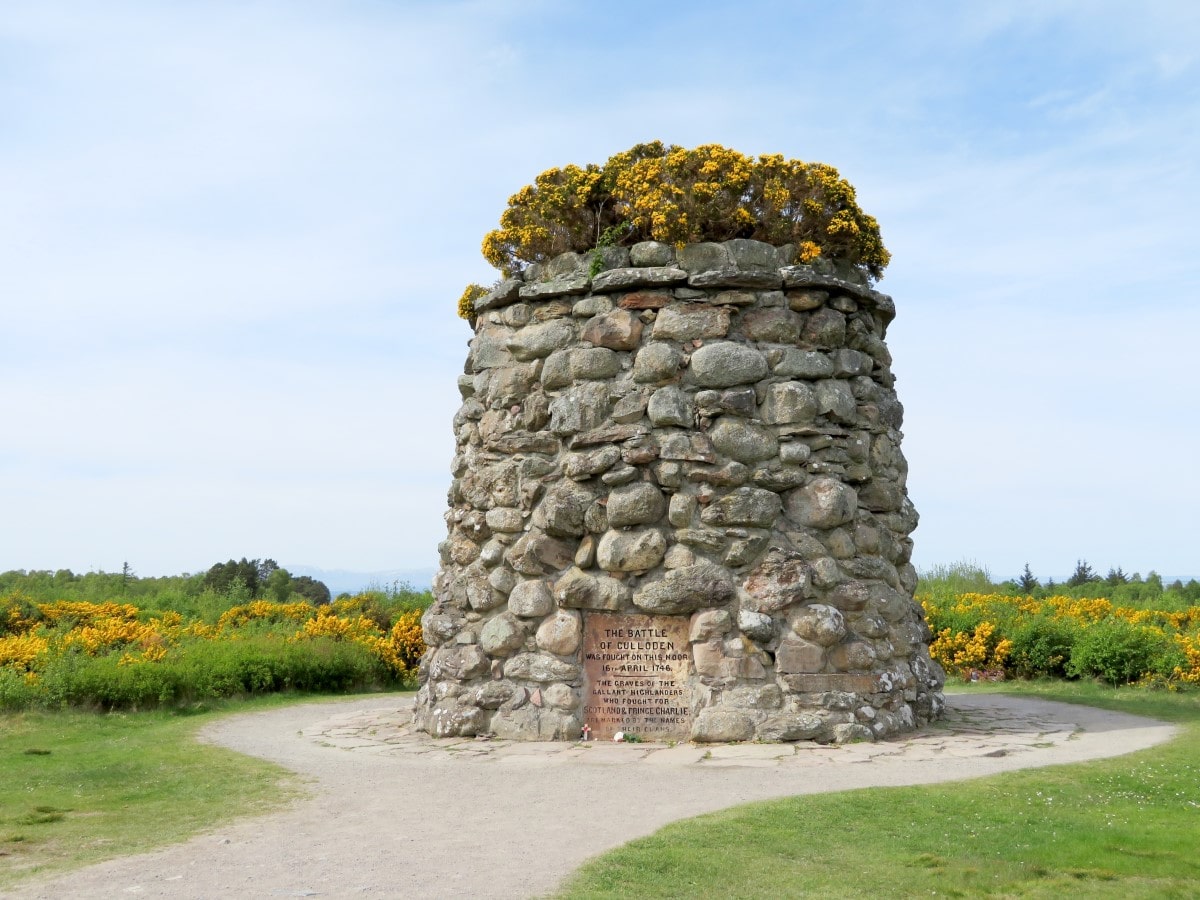
Though not actually in Inverness, the site of the nearby Battle of Culloden is a must-visit for tourists who want to explore the wider area.
The battlefield is famous for being the site of the Battle of Culloden, which took place on April 16, 1746. This battle was the final confrontation of the Jacobite uprising of 1745, a rebellion led by Charles Edward Stuart, also known as ‘Bonnie Prince Charlie’, against the British government, which was led by the Duke of Cumberland.
Around 1,500 to 2,000 Jacobite soldiers were killed or wounded during the 40-minute battle, while British casualties numbered a mere 300. The defeat led to the destruction of the traditional clan system and the implementation of harsh repressive measures against the people of the Highlands.
Today, the Culloden Battlefield is managed by the National Trust for Scotland and features a visitor centre along with a museum, an immersive film, and a battlefield trail that allows visitors to walk around the historic site to see where each side stood.
Inverness Castle: A Symbol of the City
Inverness Castle, situated in the heart of Inverness, is a remarkable fortress that has played a significant role in the city’s history. Built on a hill overlooking the River Ness, the current red sandstone building dates back to the 19th century but the site has been home to various castles since the 11th century.
Originally a stronghold built by King Malcolm III, Inverness Castle has witnessed a turbulent, blood-filled past that includes being destroyed by Robert the Bruce in 1307 and being besieged by Mary Queen of Scots in 1562.
The current castle dates from the 1830s, when it was built as a sheriff’s court and a prison, and it continues to be an essential part of the city’s administrative and legal system to this day. Although the majority of the building is closed to the public, it’s possible to soak up stunning views from the castle viewpoint, which has a panoramic viewing platform.
The Architectural Marvel of Inverness Cathedral
Inverness Cathedral, also known as the Cathedral Church of St. Andrew, is a prominent landmark on the banks of the River Ness. The cathedral was built between 1866 and 1869 under the vision of architect Alexander Ross and Bishop Robert Eden who sought to create a religious centre for the Highlands.
The cathedral’s architecture features a beautiful combination of red Tarradale stone which gives it a striking appearance on the outside, while the interior features nave columns made from Peterhead granite, a pale stone quarried in Aberdeenshire that has been used in cities across Britain.
Notable elements of the cathedral include a ring of ten bells that are the world’s most northerly peal of bells, the centrepiece of which is a tenor bell that weighs an incredible 0.86 tonnes.
The River Ness: The Lifeblood of the City
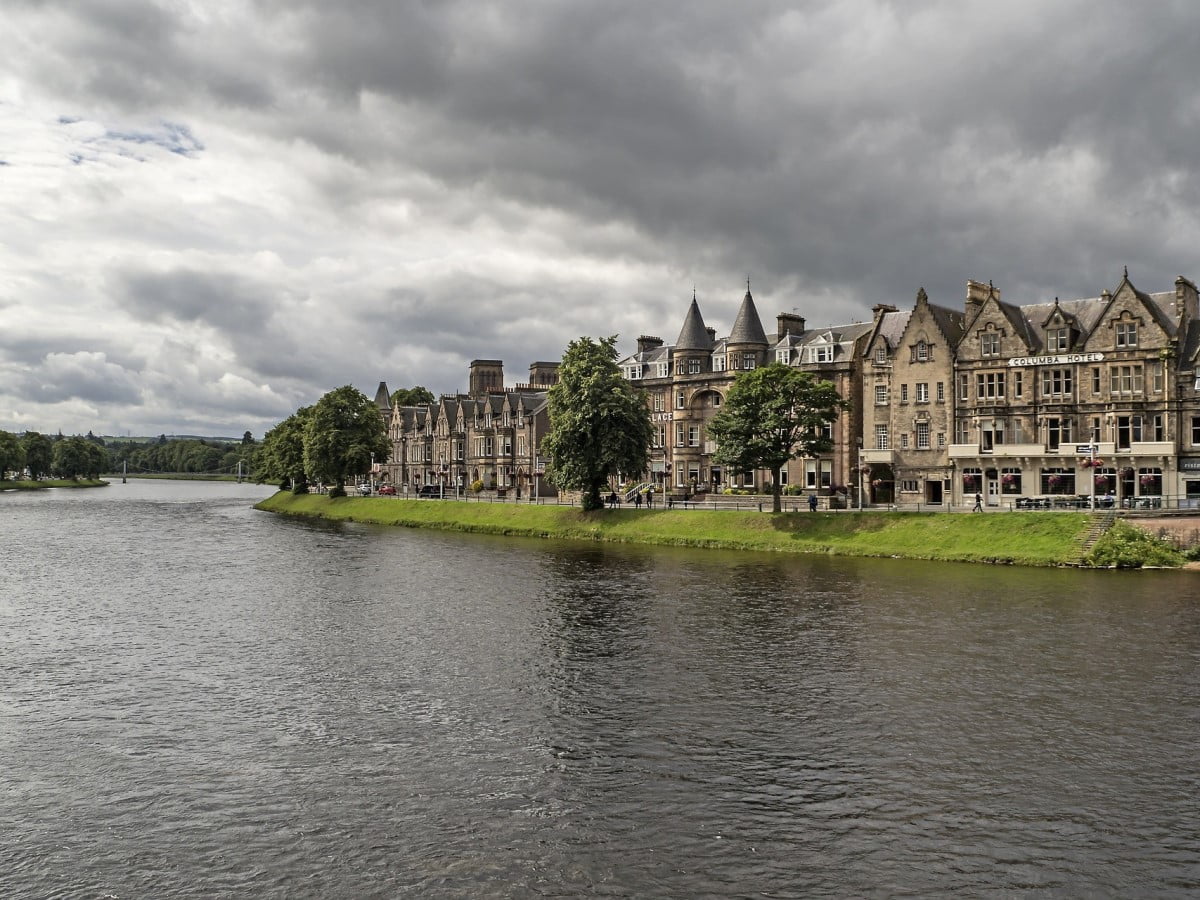
The River Ness is a picturesque waterway that originates at the northern end of Loch Ness and flows for approximately 7.5 miles (12 kilometres) through Inverness before finally emptying into the Beauly Firth, an inlet of the Moray Firth that exits into the North Sea.
The river is not only a vital source of freshwater for the surrounding communities but also serves as a natural habitat for various species of fish, including salmon and trout. These fish attract anglers from around the world, which makes the River Ness one of the best places in the Highlands for recreational fishing.
Those visitors who aren’t interested in fishing will be pleased to know that the riverbanks are adorned with several walking and cycling paths, the highlight of which is the Great Glen Way which runs for 79 along dirt tracks, canal paths, and paved walkways from Fort William to Inverness. The River Ness is also home to a variety of wildlife species, including common seals, European otters, several types of gulls, bats, and even osprey.
Victorian Market: A Nostalgic Shopping Experience
The Victorian Market in Inverness is an iconic covered market that dates back to the late 19th century. It was officially opened in 1890 and is still in use as a shopping mall to this day. The building was designed by architect William Lawrie (1821–1877) and showcases the traditional Victorian architecture of the time, characterised by a combination of cast iron and glass.
The market’s ornate entrance gates, decorative arches, and intricate wrought ironwork are as appealing today as they were 130 years ago, and the market is worth visiting even if you don’t actually go shopping there.
A fire devastated the market in 1889, but it was subsequently restored and reopened and continues to be a bustling hub for locals and tourists alike, offering a range of shops from Scottish arts and crafts to handmade jewellery, antiques, and clothing.
Whisky Distilleries Around Inverness
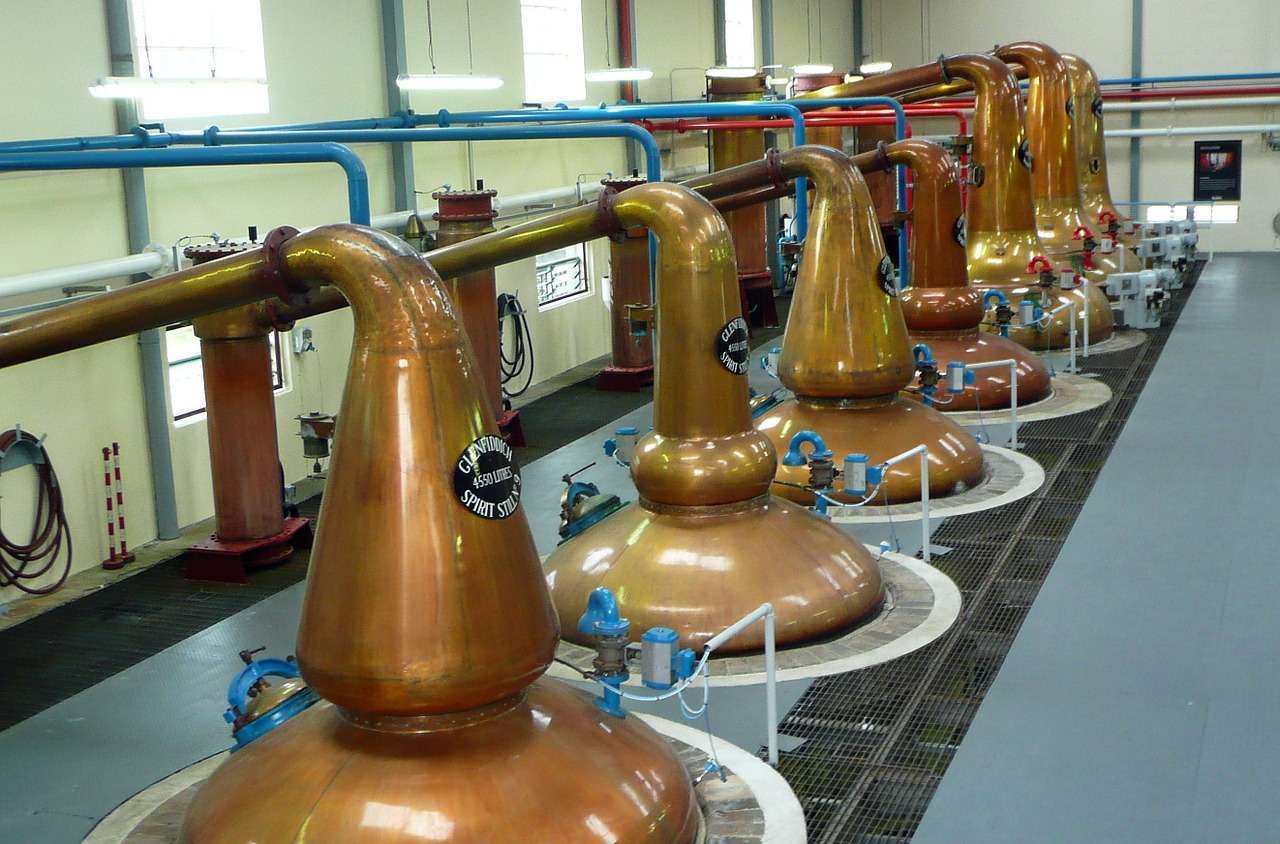
Whisky distilleries are not only an essential part of the Highland economy, but they also play a significant role in the preservation of Scotland’s heritage.
Numerous distilleries that produce high-quality whisky and export it around the world are located close to Inverness. One of the most famous distilleries near Inverness is Tomatin. Established in 1897, Tomatin is recognised for its mellow, fruity spirits and the use of tall stills, which imbue the whisky with an exceptionally smooth character.
Another distillery worth mentioning is Singleton, located 9 miles west of Inverness. With a history that dates back to 1838, Singleton has a longstanding reputation for producing quality single malts on a stretch of land that has been owned by Clan Mackenzie for over 700 years.
The Fascinating Inverness Museum and Art Gallery
Inverness Museum and Art Gallery is a popular cultural attraction in Inverness, situated to the immediate north of Inverness Castle, which makes it an easily accessible stop for visitors exploring the city.
The museum was originally established in the 1800s to display a collection of Highland and Jacobite memorabilia, but it has since grown to become a major centre for learning about the history and culture of the Scottish Highlands.
The museum’s collections encompass a wide range of artefacts, including Pictish stones, paintings of the Stuart dynasty, landscape paintings of the Highlands, Highland weapons, and silver from Inverness. The most unusual exhibit, though, is a stuffed puma that was captured in Inverness-shire in 1980. The animal is believed to have been illegally kept as a pet but was later rehomed in a wildlife park.
Eden Court Theatre: A Hub for Arts and Entertainment
Eden Court Theatre is a renowned performing arts venue that opened in 1976 and has since become a major attraction, showcasing a diverse range of performances including drama, dance, music, comedy, and film.
The Eden Court Theatre complex is the largest combined arts centre in Scotland, comprising two main performance spaces: the Empire Theatre, an 840-seat auditorium, and the OneTouch Theatre, a more intimate 270-seat venue. In addition to the theatres, the complex also houses two cinemas—La Scala and The Playhouse—along with conference facilities and an excellent café and restaurant.
Eden Court Theatre is also dedicated to supporting the arts in the Highlands and aims to inspire and educate people of all ages through workshops and outreach programmes by regularly hosting school performances and amateur theatre productions.
Fort George:A Military Fortress With a View
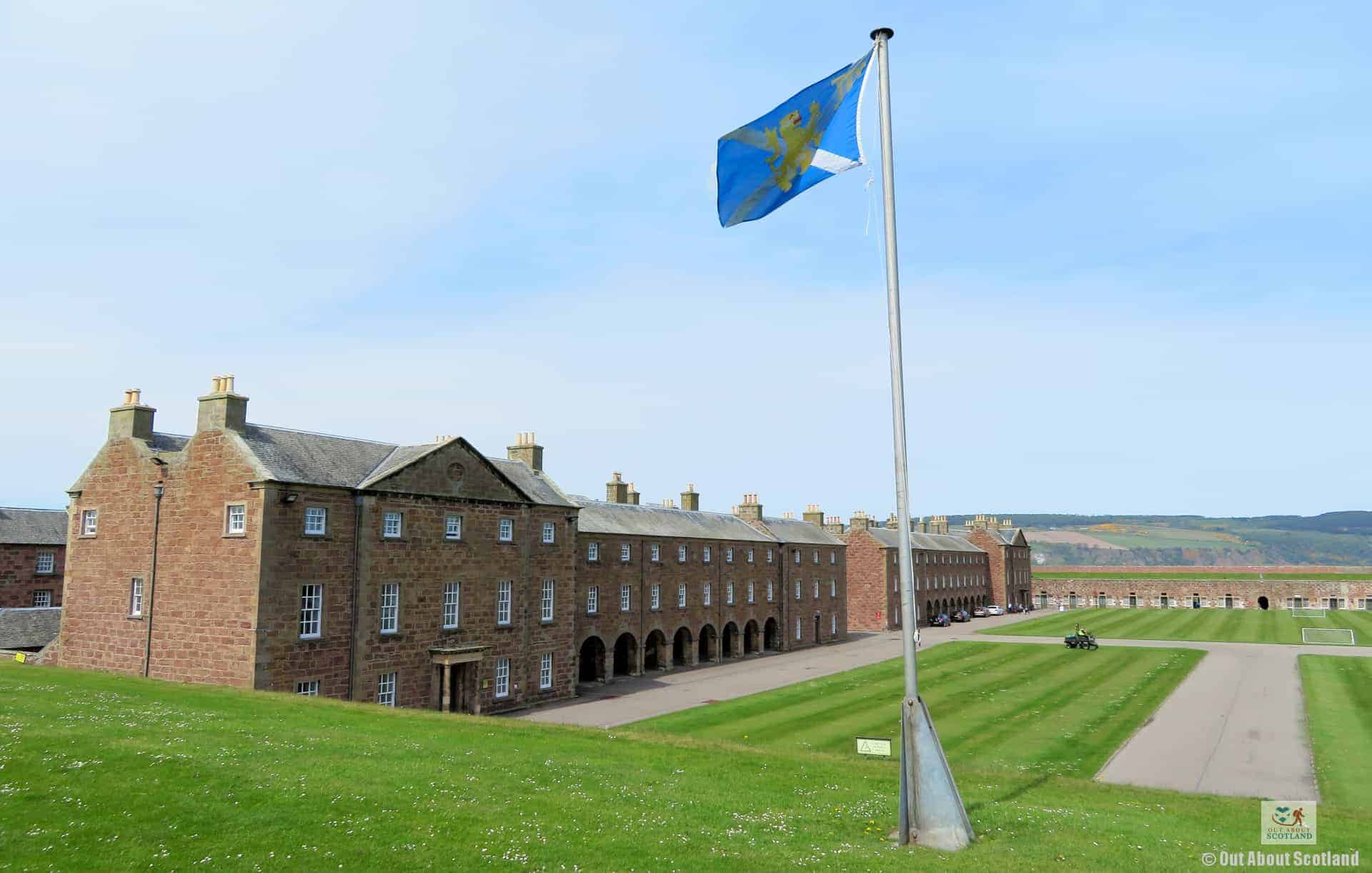
Fort George is a magnificent 18th-century fortress 8 miles north of Inverness. It was built following the Battle of Culloden in 1746 as a response to the Jacobite uprising, with the aim of establishing a strong military presence in the area to suppress any further rebellions.
Named after King George II, the fort took over two decades to complete and cost £200,000 – a sum that equates to nearly £1 billion in today’s money! Fort George now serves as both a living museum and an active military base for the British Army. It’s a prime example of 18th-century military architecture and features huge defensive walls that would have made an attack virtually impossible when it was built.
The fort also offers breathtaking views of the Moray Firth, where you can often spot bottlenose dolphins,the only permanent resident pod of dolphins in the UK.
Ness Islands: A Tranquil Escape in the Heart of the City
The Ness Islands are a group of small, wooded islands situated in the middle of the River Ness, opposite Bught Park. They are a popular attraction for both locals and tourists, as well as cyclists and walkers on the Great Glen Way which winds its way along the riverbank to Loch Ness.
The islands are home to various wildlife species, including birds, squirrels, and occasionally deer and otters, and they’re home to an array of tree species, including Douglas fir, red cedar, and sequoia.
Up until the installation of footbridges in 1828, access to the Ness Islands was only possible by boat. However, a severe flood in 1849 completely destroyed those early bridges, necessitating their replacement in 1854 with brand-new suspension bridges that are still in use today.
The Tropical Inverness Botanic Gardens
Inverness Botanic Gardens, formerly known as the Floral Hall and Gardens, is a serene attraction on the south side of Inverness that’s positioned between the Caledonian Canal and the River Ness. The gardens, which Prince Edward officially opened in 1993, are home to a wide variety of native and exotic plants, flowers, and trees that are all meticulously maintained and displayed in themed areas.
The Tropical House features a collection of tropical and subtropical plants including orchids, bromeliads and ferns that are kept in conditions that replicate the tropics thanks to being supplied with 2,000mm of water each year – over 4 times the amount of rainwater that falls outside the glasshouses.
Inverness Botanic Gardens also features a cactus house that features plants only normally found in the driest parts of the world, including agave and aloe vera, which are planted among 75 tonnes of imported rock.
Frequently Asked Questions
What is an interesting fact about Inverness?
One interesting fact about Inverness is that humans are known to have lived in the area since at least 6500 BC. Archaeologists have discovered that those early people may even have been trading with other tribes from Yorkshire over 400 miles to the south.
What is Inverness famous for?
Inverness is famous for its rich history, stunning natural beauty, and traditional Highland culture. Some of its key attractions include:
1: River Ness: The freshwater River Ness offers picturesque views, boat tours, and the chance to sail further south to the stunning Loch Ness and the historic Urquhart Castle.
2: Inverness Castle: Overlooking the River Ness, this 19th-century castle is a prominent landmark that currently houses the Inverness Sheriff Court, although the site has a history of fortresses stretching back nearly 1,000 years.
3: The Victorian Market: This shopping arcade dates back to 1890 and features a variety of independent shops and cafes that showcase local crafts and produce.
What is Inverness known as?
Inverness is often referred to as the ‘Capital of the Highlands’ due to its location in the centre of the Scottish Highlands and its role as a cultural and economic hub for the region. The city’s rich history and attractive scenery continue to contribute to its reputation as the focal point of Highland life and tourism.
How old is Inverness Castle?
Inverness Castle, as it stands today, was built in 1836. However, the site has a much longer history as a fortification, with earlier castles known to date back to at least 1057 AD. William Burn (1789–1871), an architect, created the current castle, which serves as a courthouse and administrative building.

